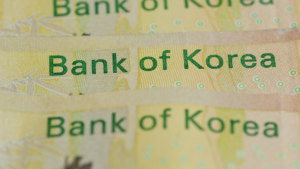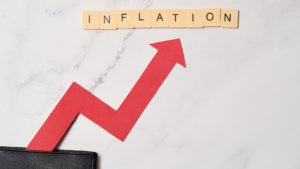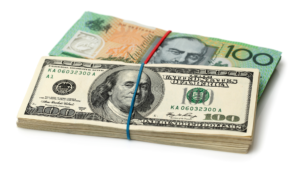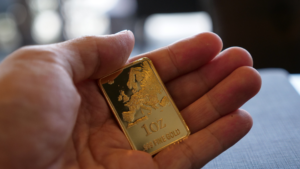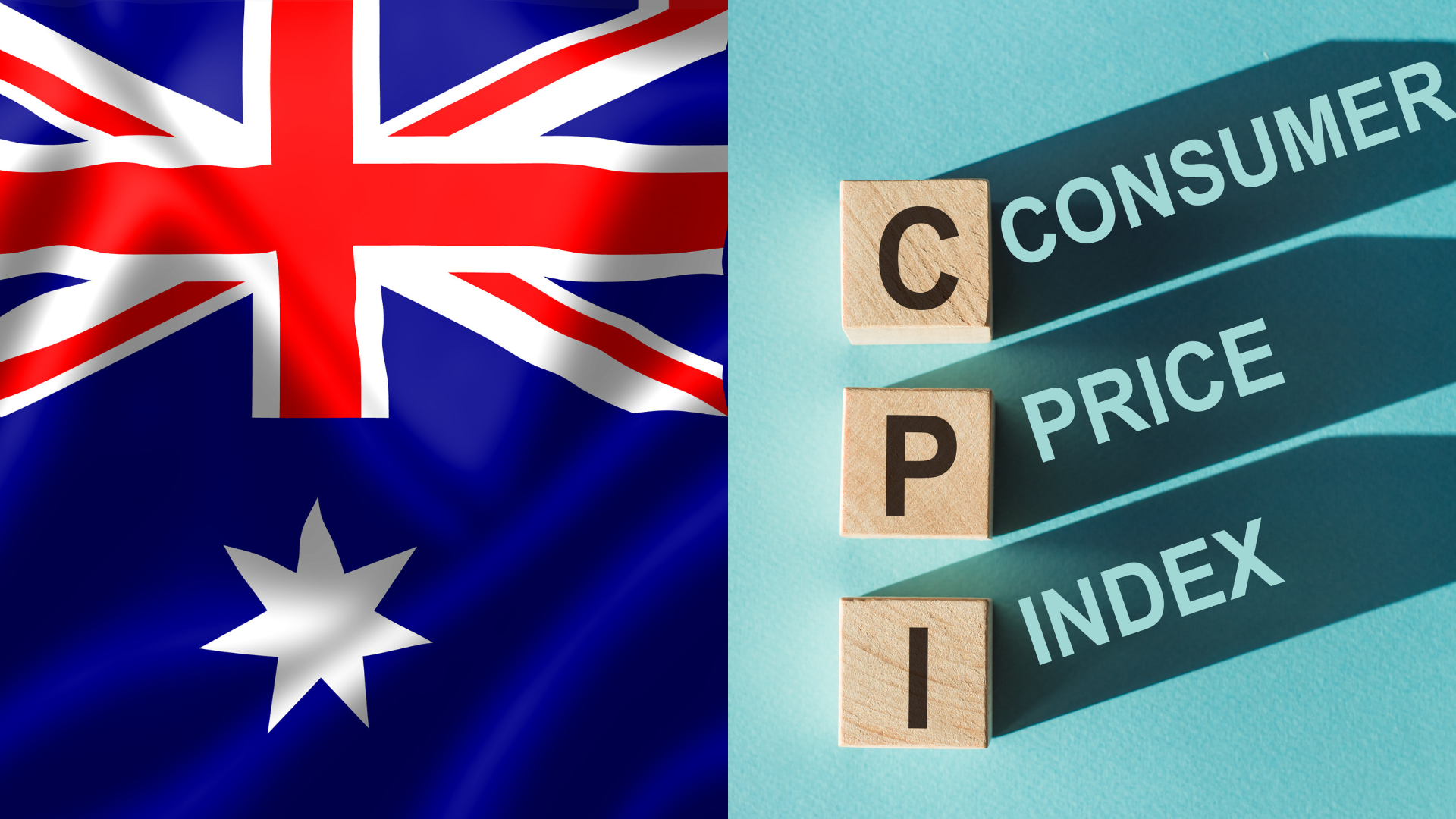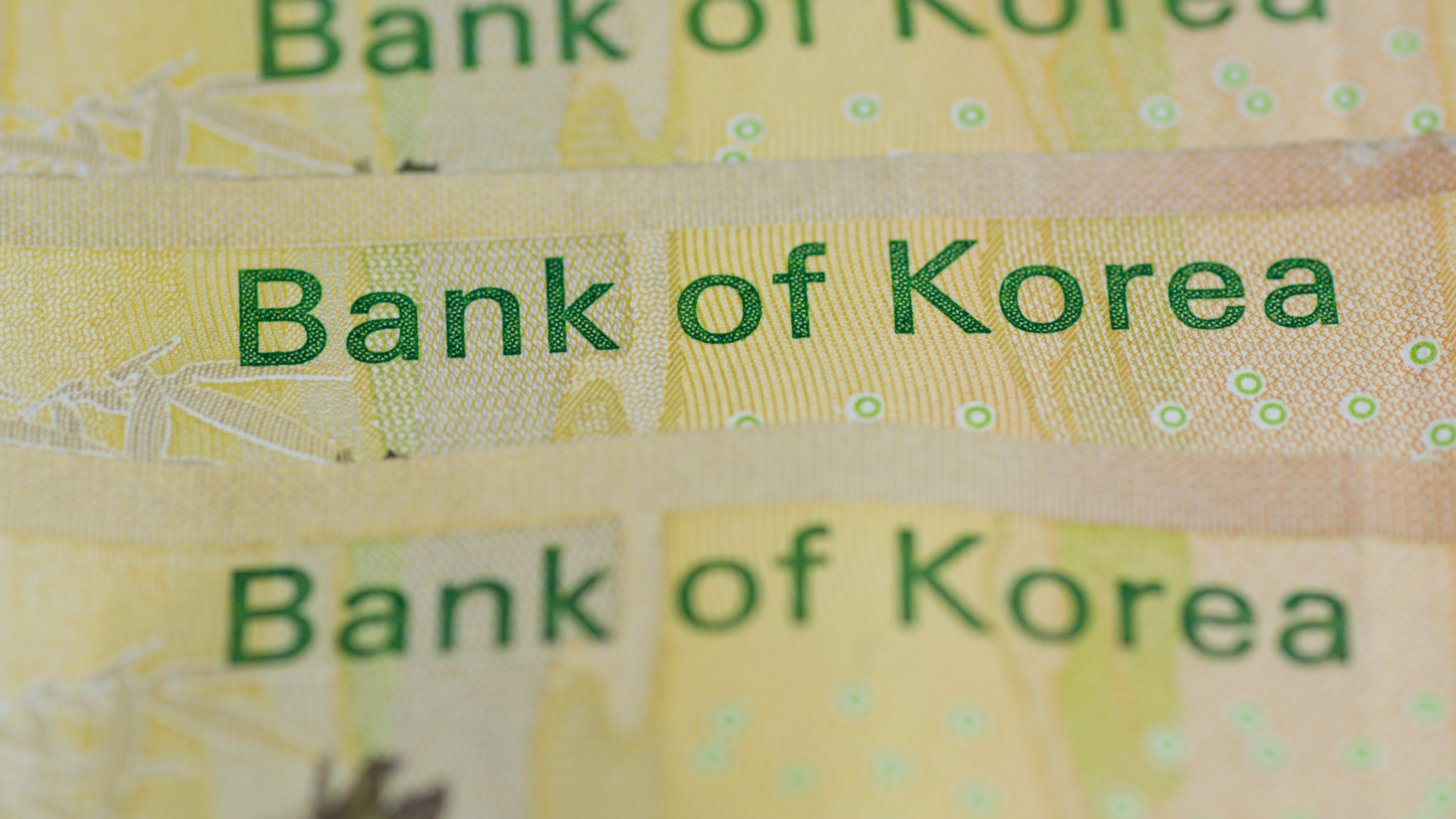Australia’s Consumer Price Index (CPI) inflation dropped to a mere 0.2% quarter-on-quarter in Q3, falling short of market expectations at 0.3% and reflecting the country’s ongoing battle with slowing economic growth. This modest increase, down from a previous quarter’s 0.8%, represents one of the slowest inflationary gains this year, pointing to subdued price pressures and weaker consumer demand across the Australian economy.
The data from the Australian Bureau of Statistics (ABS) shows a broad-based cooling in price growth, highlighting easing demand and a constrained business environment. Despite signs of easing energy costs and food prices, the data underscores growing economic fragility, with many economists forecasting that this trend could influence the Reserve Bank of Australia’s (RBA) upcoming policy decisions. Lower-than-expected CPI numbers add to the pressure on the RBA, potentially leading it to maintain or even ease its monetary stance as it seeks to balance inflation control with growth support.
Market Response and Outlook
The disappointing CPI numbers initially led to a dip in the Australian dollar, as investors reassessed the likelihood of further monetary tightening. This lower inflation figure aligns with the RBA’s goal of slowing inflation without tipping the economy into recession, but it also raises questions about the effectiveness of past rate hikes in fueling sustainable economic growth.



